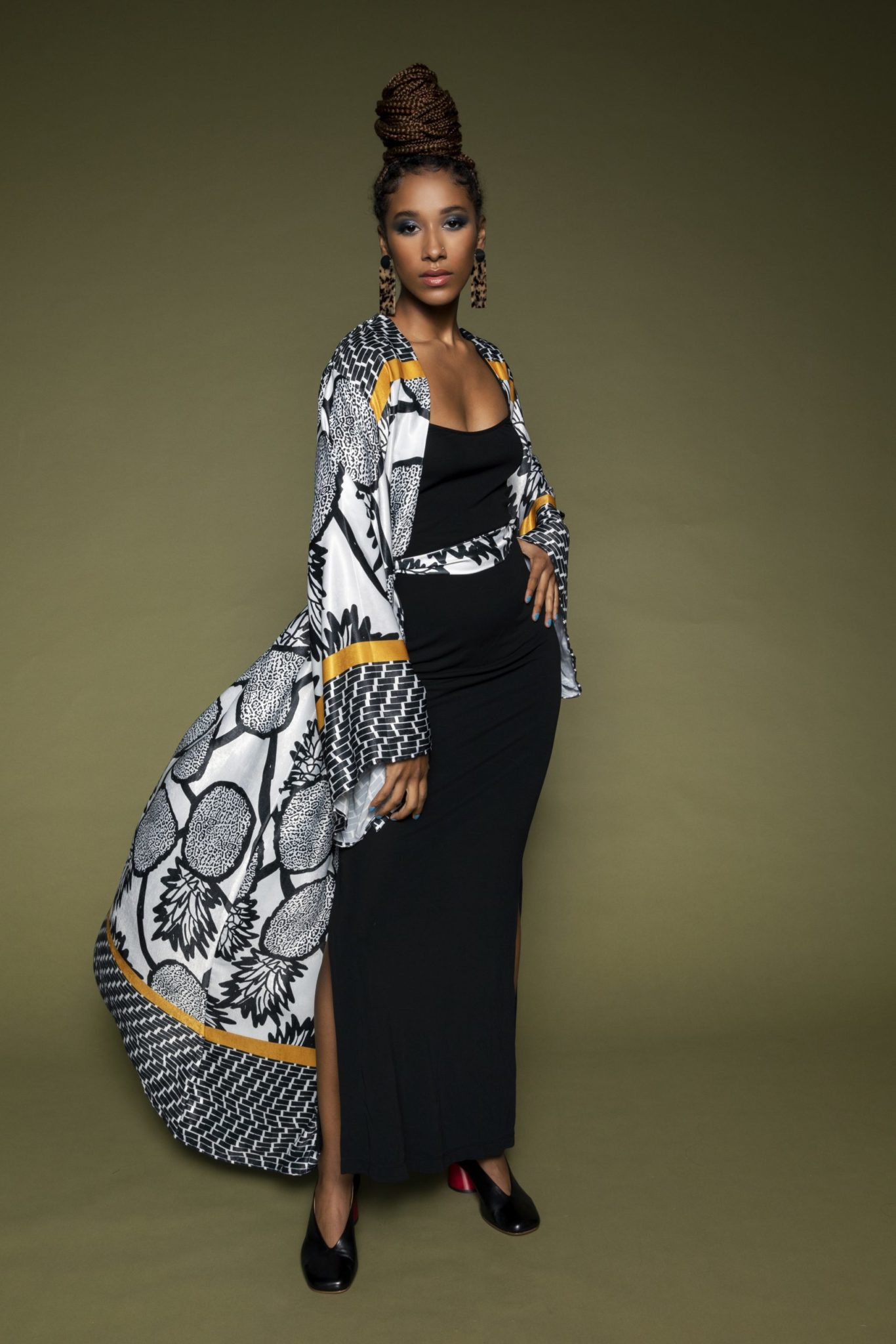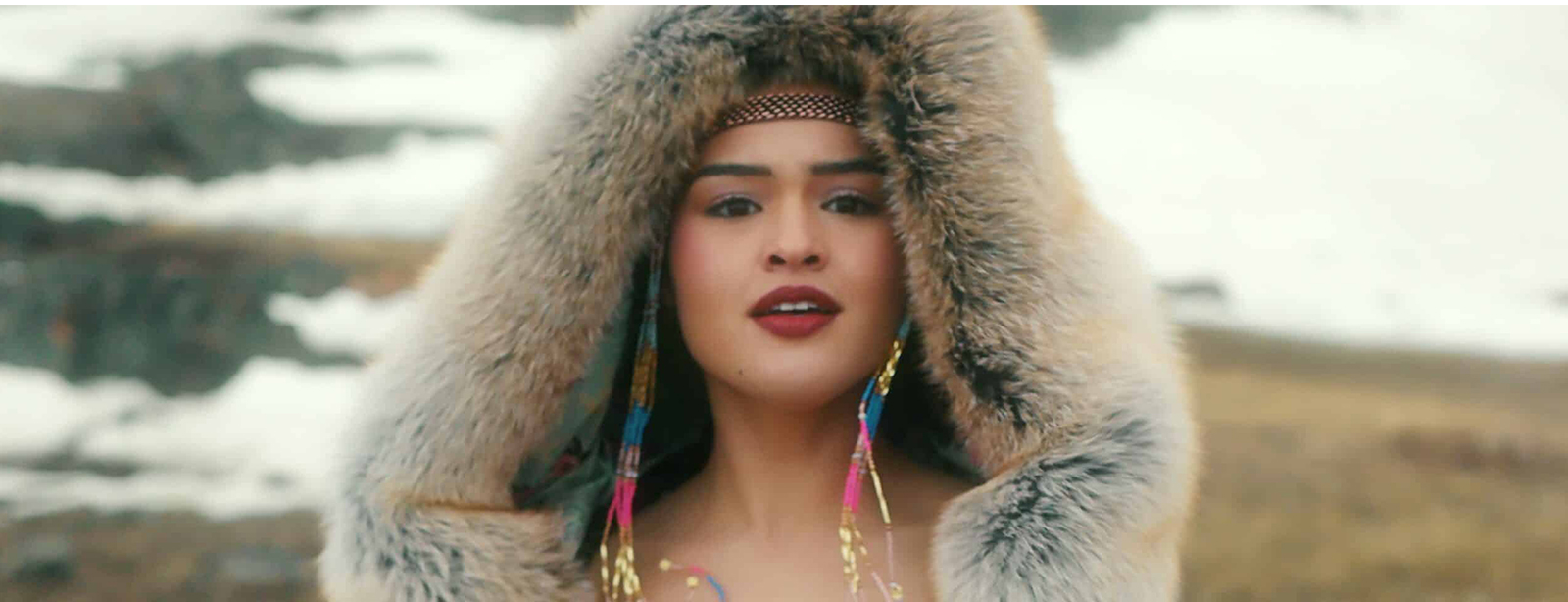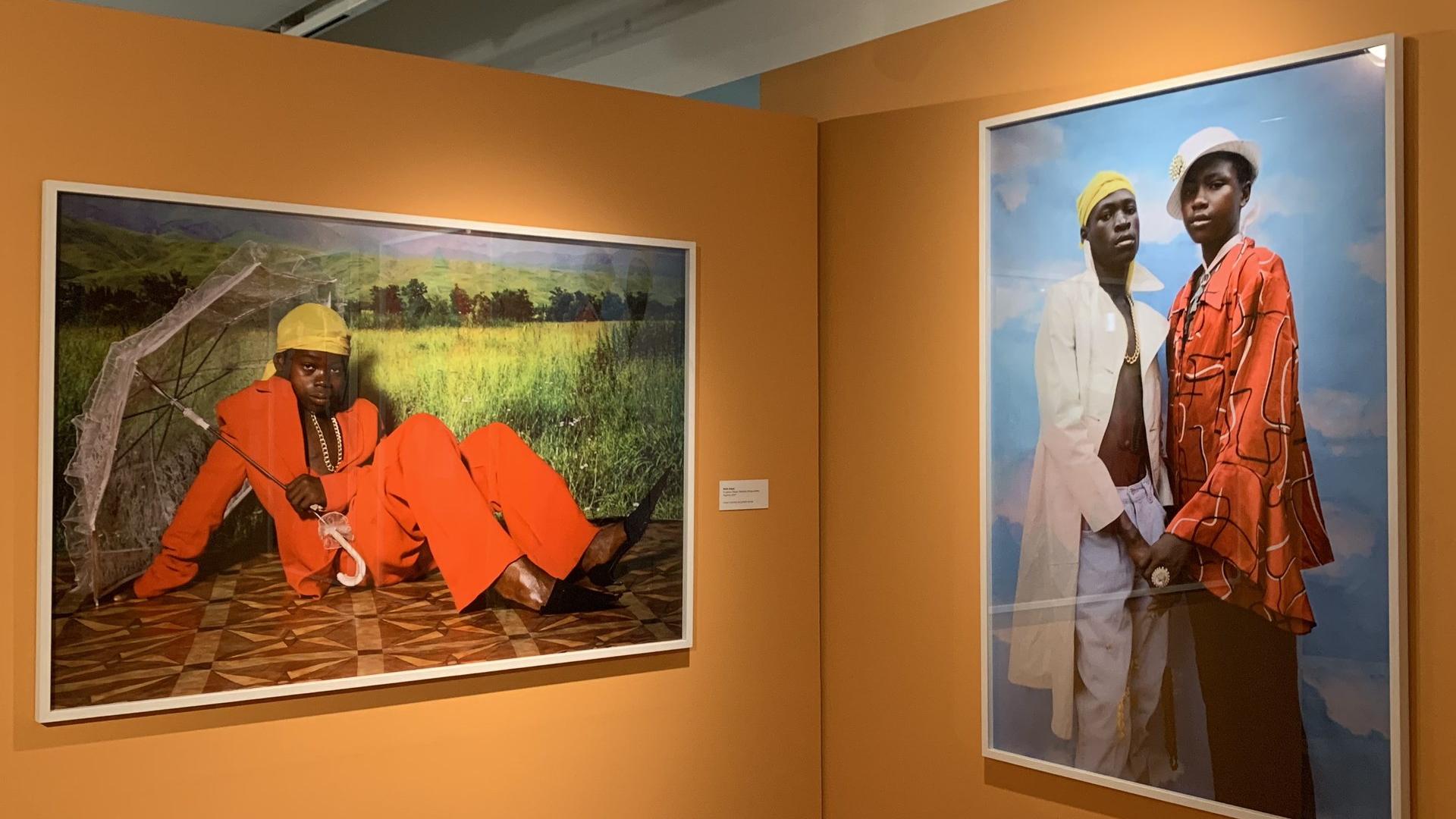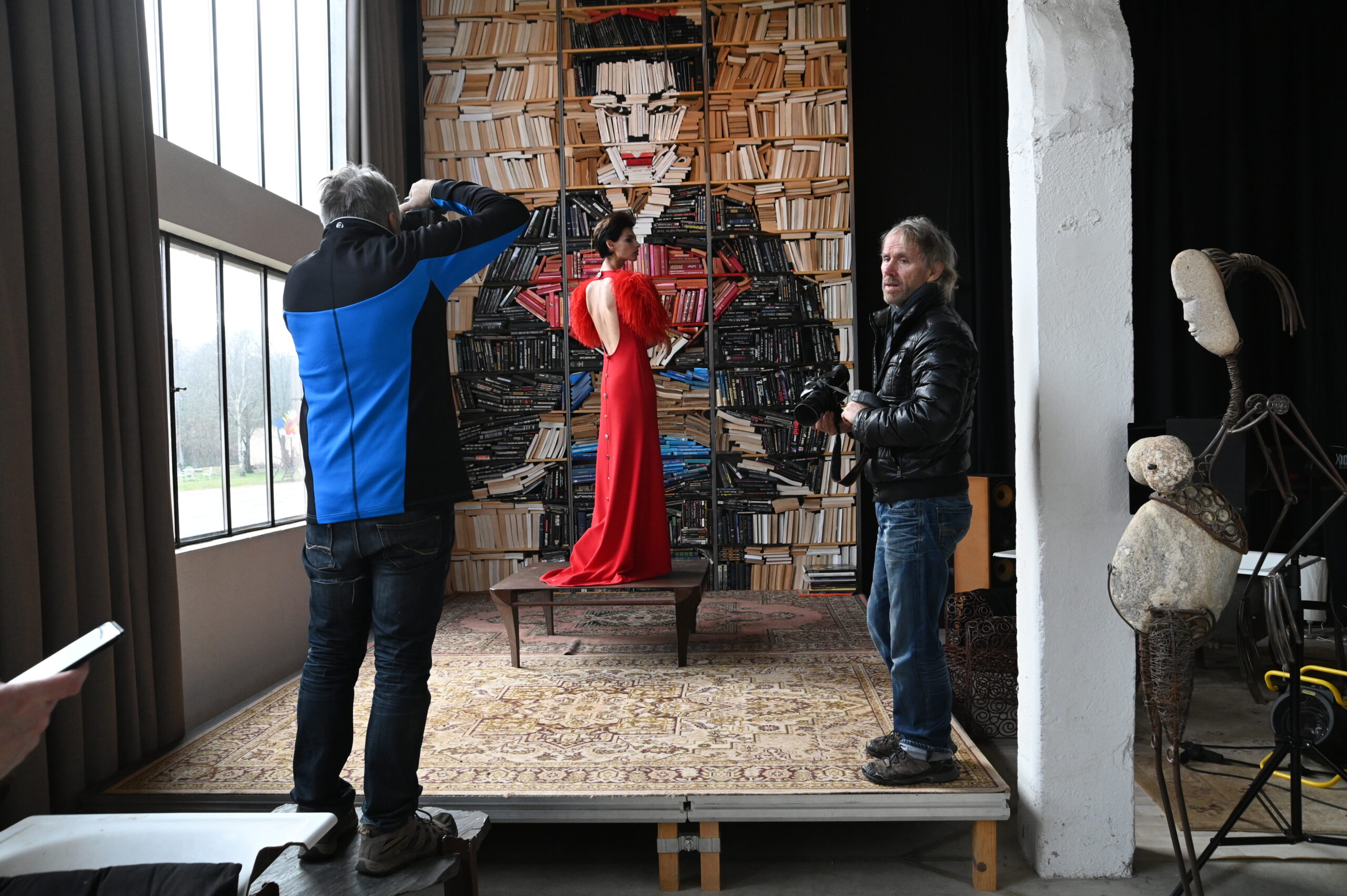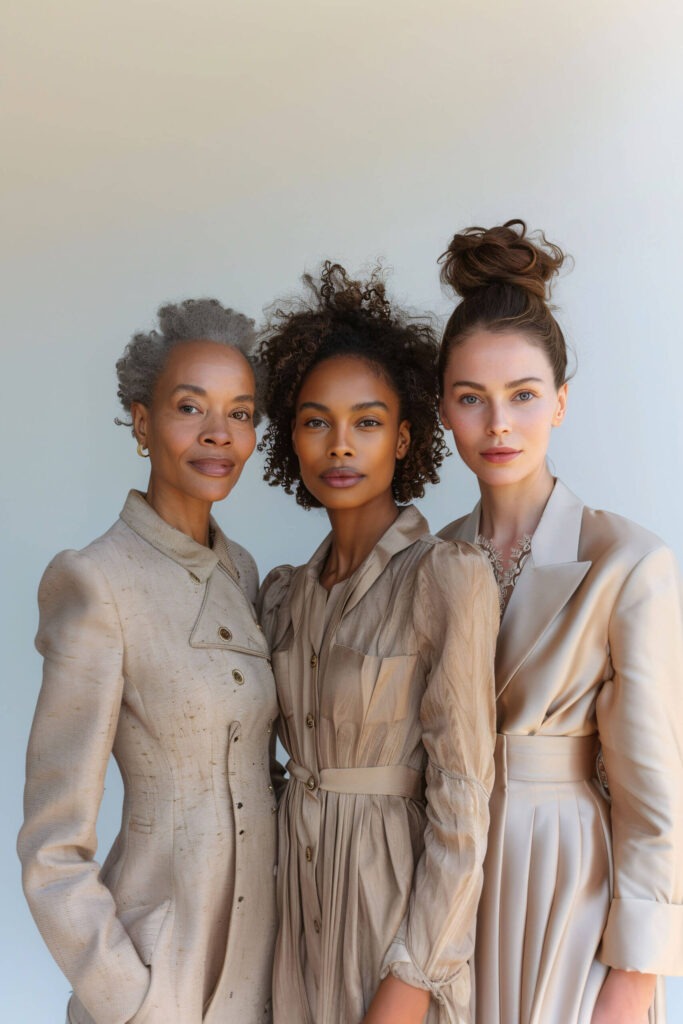Before the read
Yes—and it combines heartfelt moments with humor while offering deeper representation of Inuit communities.
It flips the narrative by centering joyful, empowered Inuit women who make mistakes, laugh, and grow.
Aglok MacDonald and Alethea Arnaquq-Baril lead the storytelling with authenticity and lived experience.
North of North: Modern Inuit Comedy Highlights Complex Culture
New Canadian comedy North of North focuses on young Inuk woman Siaja’s journey to rediscover herself after separating from her husband. When she falls overboard into the ocean during a seal hunt and is publicly berated by her husband for embarrassing him, she decides to end their marriage at a local festival. With the help of her newly sober mother, her tiny but feisty young daughter, and her friends and neighbors, including the folks who run the small town’s radio station, Siaja sets out to change her life.
Set within lead actress Anna Lambe’s hometown of Iqaluit, fictionalized as Ice Cove, the show is created by experienced Inuit women filmmakers Stacey Aglok MacDonald and Alethea Arnaquq-Baril, who enjoy the chance to tell the stories of people like themselves. North of North presents Indigenous Inuit women as empowered and in control of their destinies, and the landscape, community, and culture in such intriguing complexity that they nearly become characters in the drama.
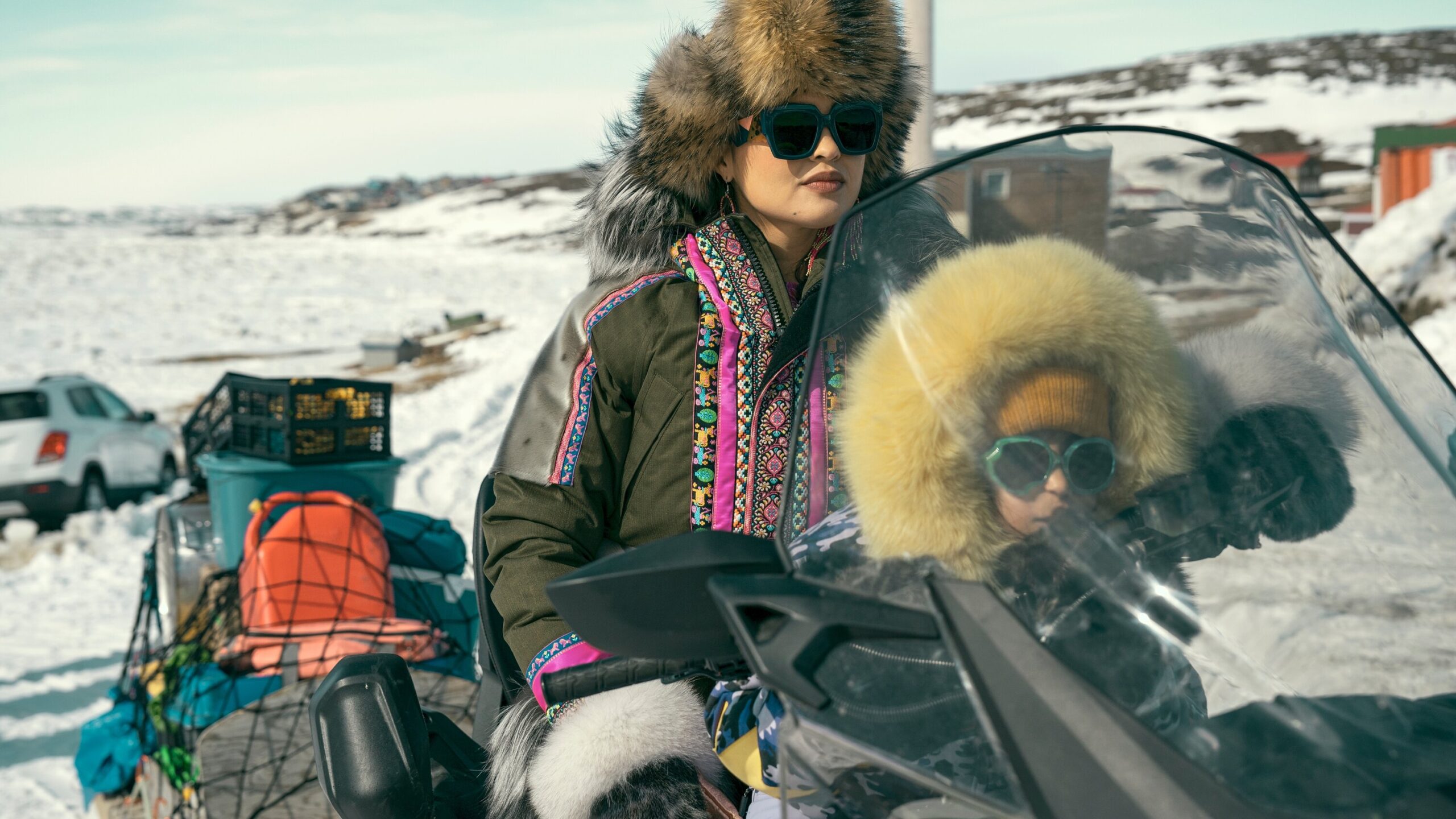

Showcasing Authentic Inuit Life
North of North pays attention to authenticity, portraying the Inuit culture in detail. As its creators have said, they want to take a region of the world that can seem cold, empty, and inhospitable and reflect its liveliness.
For one thing, viewers see the vibrant colors of traditional Inuit clothes, homes, and accessories. As Aglok MacDonald says, Inuits tend to gravitate toward color and pattern in fashion as their environment already contains so much white snow and ice.
“It was really important to us that our parkas and anything traditional were made here in Nunavut, by Inuit artists,” said Aglok MacDonald in an interview with the Canadian Broadcasting Community. “They had to go to the ends of the Arctic to fashion the magnificent costumes that people will see on screen, which are unlike anything that’s ever been seen before.”
Also, they went out of their way to make the show’s setting feel “lived-in,” with homes and Ski-Doo tracks in the snow. Here, the Indigenous people take center stage, rather than disappearing into an environment of “pristine, untouched nature” or being relegated to history. They also live in a modern and diverse community—one of Siaja’s best friends is a Maori man.
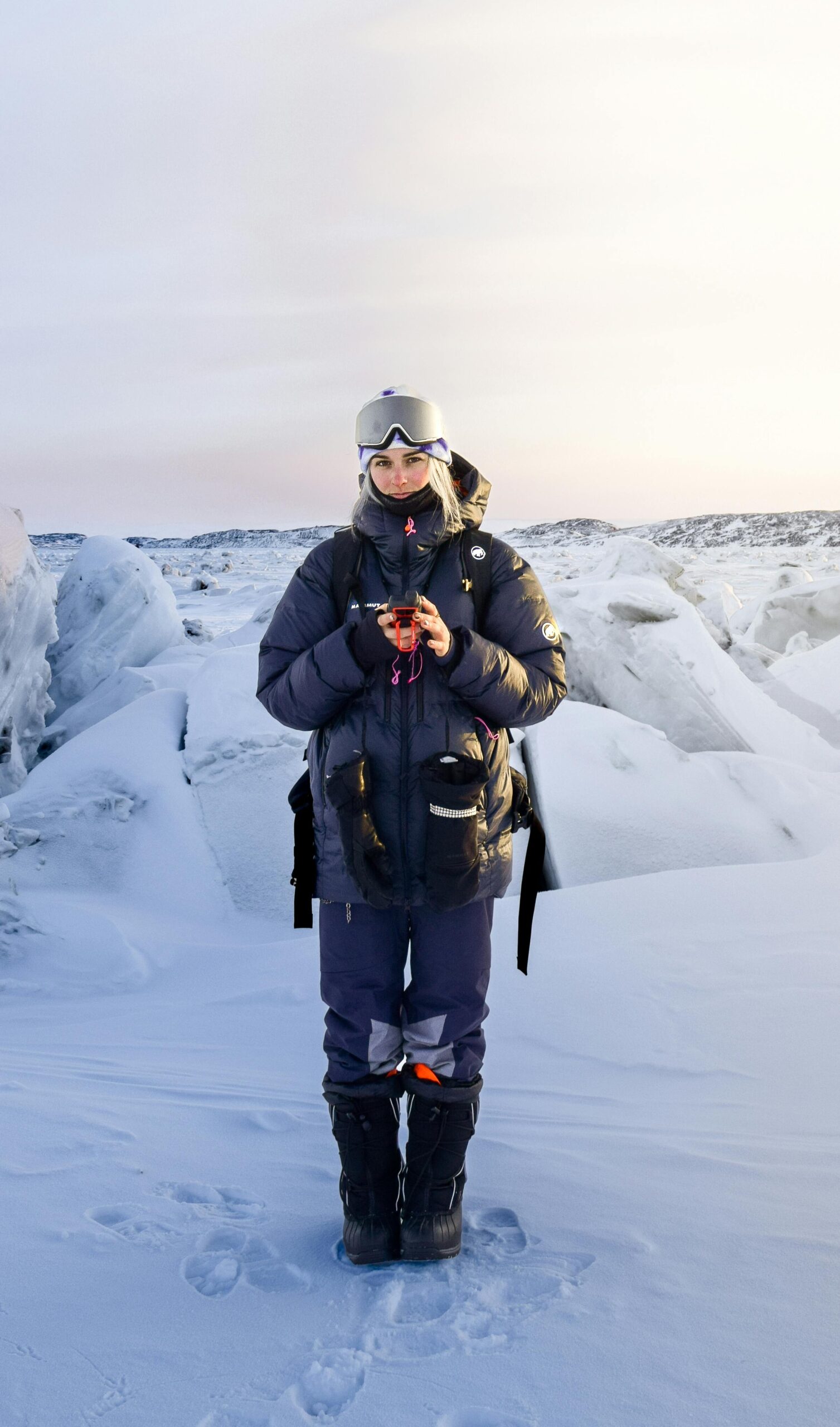
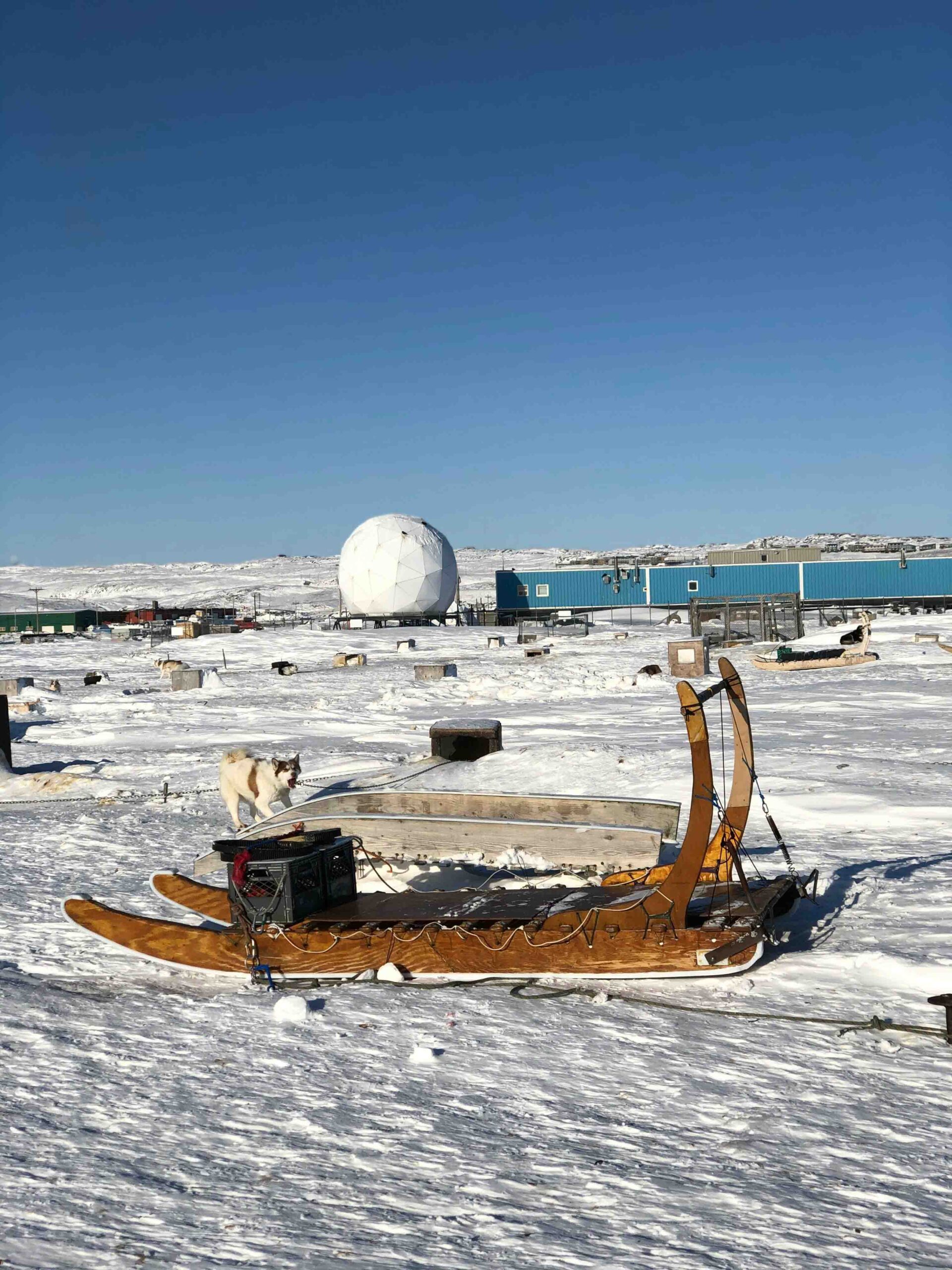
Aglok MacDonald and Arnaquq-Baril find inspiration for Siaja’s character in modern Inuk women living in northern Canada’s Nunavut region. They describe the other Inuk women they know as being much like themselves, driven not only to improve their communities and help others around them but also with a mix of personal desires.
“We’re trying to find the balance between being an Inuk woman—’Can you sew? Can you speak the language?’—and a real deep need to fulfill that, but also, you know, dreams about travelling or having a career, and how can we have both?” said Aglok MacDonald.
The showrunners comment that other shows set within Indigenous communities focus on the trauma these communities have historically endured and portray Indigenous women as victims. However, they wanted to do something unique and different by showing Siaja as happy, independent, and living on her own terms.
We’re trying to find the balance between being an Inuk woman—’Can you sew? Can you speak the language?’—and a real deep need to fulfill that, but also, you know, dreams about travelling or having a career, and how can we have both?
As they have explained in multiple media interviews, they intend to project authentic and positive images of Inuit women who have agency and take control of their own lives and Inuit men who are gentle and wise.
Inuit Comedy and Joy
Show creators Aglok MacDonald and Alethea Arnaquq-Baril came up with the idea for the show while making another drama, The Grizzlies, about a troubled Inuit community that finds healing through playing lacrosse. While that show was ultimately uplifting, it had its dark moments, and they wanted to create something more openly vibrant and joyful.
North of North maintains its joyful tone by having the characters find strength to fight challenges through humor and friendship. The show addresses issues of poverty, racism, and addiction, yet consciously never becomes tragic.
Awkward moments, such as some interactions between Siaja and her well-meaning but clueless White boss at the community center where she works, that could be heavy moments in other shows, are comedic in North of North. The show also allows Siaja, and thus Inuit women, to laugh at themselves. Our endearing but awkward female lead accidentally sets the town dump on fire and nearly causes a death at an important elders’ event just in her first week at work.
Aglok MacDonald and Arnaquq-Baril said that the humor reflects how actual Inuit people they grew up with deal with life issues. As part of making the show, Arnaquq-Baril wrestled with the idea of whether there was an “Inuit” sense of humor, and came to the conclusion that Inuits of all ages generally loved telling funny stories, even those with lowbrow humor.
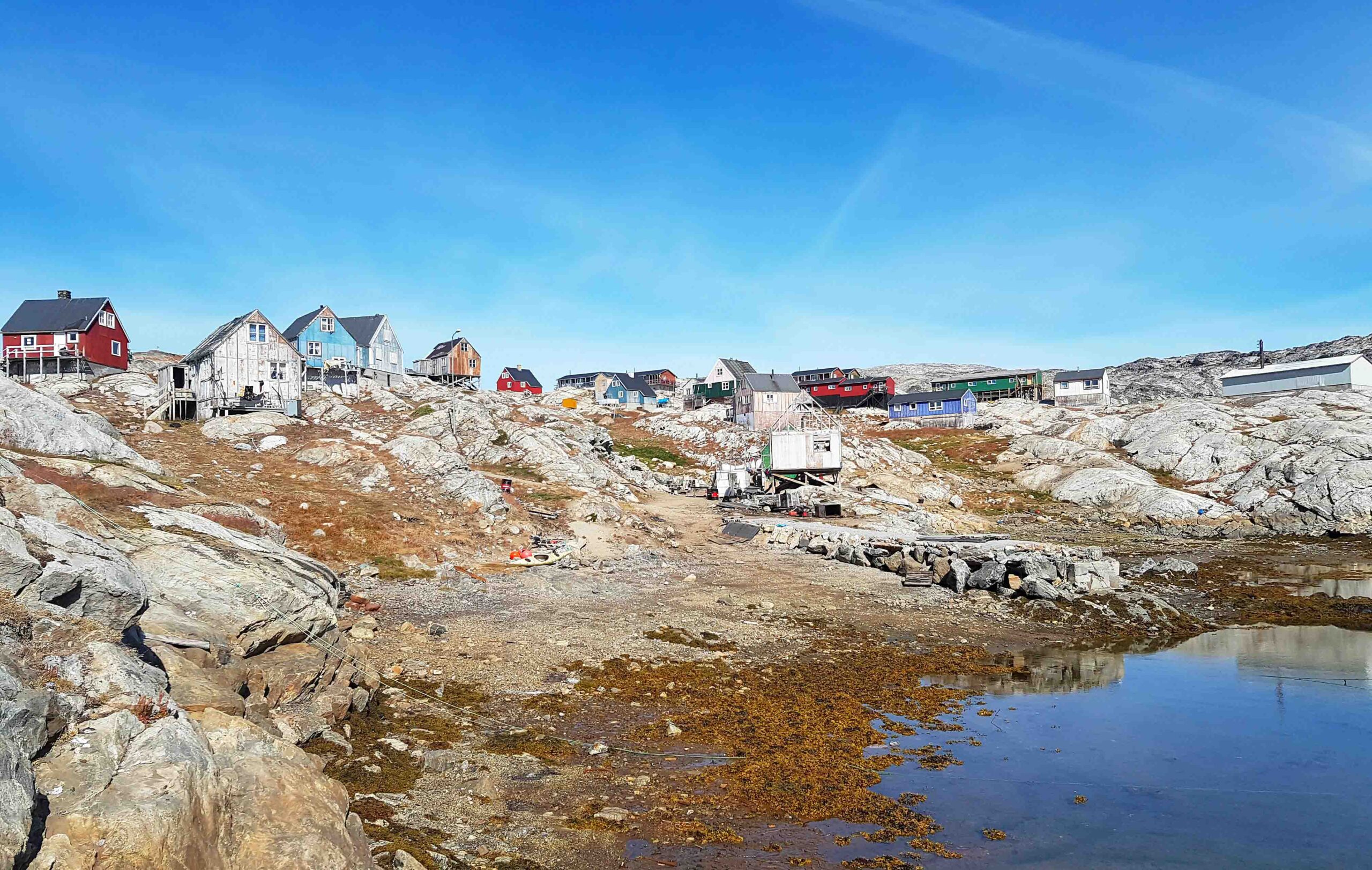
It was really important to us that our parkas and anything traditional were made here in Nunavut, by Inuit artists,
Community Celebration
North of North has brought immense joy to the community where it’s being filmed. Arnaquq-Baril points out that most of the people who live where the show’s filmed are part of the cast or production crew, so it’s a community-wide effort and celebration.
An Iqaluit bar manager, Lovjeet, hosted a showing of North of North for his patrons. “The atmosphere in the tap room was incredible. The audience, which included a diverse mix of ages and backgrounds, seemed to connect deeply with the show’s themes,” he said.
Anna Lambe describes the reception she’s received for playing Siaja in another Canadian Broadcasting Corporation (CBC) article: “People constantly came up to hug me and say how proud they were of me and how exciting this was for Nunavut, for Inuit and Indigenous film and television. I wouldn’t have wanted to film it anywhere else because the outpouring of love and support we received was so empowering.”
Aglok MacDonald agrees wholeheartedly, as she was determined to film the show on location. “You don’t get a sense of what authentic, genuine life is like in the North without the North!” she says.
The show is currently available through CBC and will reach a global audience this spring when it’s released on Netflix.
People constantly came up to hug me and say how proud they were of me and how exciting this was for Nunavut, for Inuit and Indigenous film and television,
Aglok MacDonald and Arnaquq-Baril used the Iqaluit Curling Club as a sound stage for the interior sets, as the town lacked a production studio. Thanks to support from the Indigenous Screen Office, they are currently building a studio through their company, Red Marrow Media.
“We want to make it accessible to our community, to other productions, to up-and-comers. It’s a space that we certainly wish that we had access to when we were starting out,” Aglok MacDonald says.
They hope that the popularity and critical success of North of North will provide a space for more artists to tell the stories of Inuit and Indigenous peoples.
More by this author
The Wrap
- North of North is a powerful new Inuit comedy series that blends humor, culture, and heartwarming storytelling.
- Created by Aglok MacDonald and Alethea Arnaquq-Baril, the show features authentic voices from Nunavut.
- The series focuses on an Indigenous female lead navigating life on her own terms, redefining representation.
- Viewers gain insight into Inuit traditions, fashion, and humor within a modern, lived-in Arctic setting.
- Community involvement is central—many locals acted in, supported, and celebrated the show's production.
- The use of comedy to explore complex topics makes North of North both accessible and resonant.
- With its upcoming Netflix release, the show introduces global audiences to the richness of Inuit culture.











